
The Free Press

Last week, Hurricane Helene swept across the southeastern United States, killing more than 130 people and causing up to $160 billion in property damage. When devastating natural disasters strike, people often look for explanations. In the evangelical church where I grew up, it was taken as near-gospel that 2005’s Hurricane Katrina was God’s way of punishing New Orleans for being, well, New Orleans. In 2012, conspiracy theorists suggested that President Barack Obama created Hurricane Sandy using a military research program to boost his reelection odds against Mitt Romney. Meanwhile, an army of “experts” have blamed climate change for virtually every adverse weather event in the past decade, including this most recent one.
But now, from the biblical destruction of Hurricane Helene, a new theory has arisen: The storm, guided by unseen, anti-racist spiritual forces, deliberately ravaged “sundown towns.”
In Jim Crow–era United States, sundown towns were all-white municipalities that got their name from signs that directed black people to leave by nightfall under the implicit threat of lynching. The unfounded idea that such places still exist has been floating around the internet for years.
It reared its head most recently when numerous people used Hurricane Helene as an opportunity to argue online that sundown towns still exist. In this TikTok, which has nearly 100,000 views, a self-professed Hurricane Katrina survivor says that sundown towns “are still out there,” before saying: “I feel like people are brushing it under the rug because it’s a tragedy, and I get that, but the facts of the situation are that a lot of these places were sundown towns.”
In this TikTok video, which has 20,000 likes, a guy argues that the hurricane veered off the course it was supposed to take and instead hit “a bunch of sundown towns.”
“The ancestors are not playing. They need to destroy all those towns just like they came in and destroyed ours,” said one commenter on X.
“God said no VENGEANCE! is better than his,” said another.
As evidence that sundown towns still exist, users often cite a crowdsourced map maintained by Tougaloo College, a historically black university in Mississippi. To put it mildly, the map is a mess. Although it implicitly takes the position that sundown towns still exist—if you click on a location, one of the categories is “Still Sundown?” (I was unable to find a place that fell into this last category.) But the map itself displays only how the unnamed contributors regard each town’s historical status as a sundown town: Probable, Possible, Surely, Don’t Know.
But since the map doesn’t make this clear, people can reference it and claim that hundreds if not thousands of sundown towns still exist today—as this white, left-wing TikToker did earlier this year in a video that has over 4.5 million views.
Beyond the map’s misleading layout lies a lot of vilifying conjecture. For example, the upscale resort town of Orange Beach, Alabama, is listed as a “probable” sundown town in the past, but if you click on it for more information (and many won’t), you will be redirected to another page, with a section labeled “Still Sundown?” The answer? “Probably not, although still very few black people.”
This gives black people the indication that they should be somewhat uncomfortable in Orange Beach, a pleasant little resort town less than 40 miles from my house. I can assure you that black people can still be found there after sunset—typically on vacation and having a good time.
So, people have nothing to fear from communities like Orange Beach that were possibly never sundown towns. But what about those places that definitely were? Of these, the most frequently cited is Vidor, a rough little town in East Texas that played host to Ku Klux Klan marches and desegregation orders as recently as the early 1990s. On TikTok, a white gentleman warns “black and queer people” not to visit Vidor, lest they be “lynched.” (He’s clearly never been there himself because he mispronounces the town’s name.)
This ignores the incredibly overt recent efforts Vidor has made to atone for its past. In addition to explicit efforts by city leadership to rehabilitate Vidor’s reputation—such as the chief of police apologizing for the town’s racist past and swearing in a young black boy who was battling cancer as an honorary cop—Vidor’s residents, who are still mostly white, led a proportionally well-attended Black Lives Matter rally in 2020. Three years later, residents ran a small group of visiting neo-Nazis out of town. (The group requested a police escort because they—the racists—felt unsafe.)
In addition to disparaging Hurricane Helene’s victims, the recent insistence that sundown towns still exist causes people unnecessary paranoia. Take this TikTok, created by a black woman who believes she lives in a sundown town and that the sirens she hears in her neighborhood are messages that black people need to go inside. She reports getting this information from “a white girl on TikTok” who also claims to live in a sundown town.
That so much of the misinformation about the continued existence of sundown towns seems to originate with white leftists is infuriating but not totally unexpected. They want to feel special and signal that they are different and better than other white people, which is easier to do if you erect a vision of contemporary America where thousands of American towns are filled with racists waiting to lynch black people after nightfall. People, some black and some white, virtually all left wing, want to believe towns like Vidor haven’t changed. They don’t want to accept that overt racism is an exceedingly rare phenomenon in America confined to a small fringe that even East Texas rednecks in a former “sundown town” won’t abide.
River Page is a reporter for The Free Press. Follow him on X @river_is_nice and read his piece “Stop Saying Florida Isn’t Safe for Gay People. It’s Fine.”
And to support more of our work, become a Free Press subscriber today:

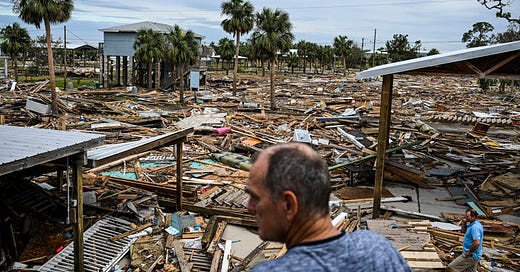

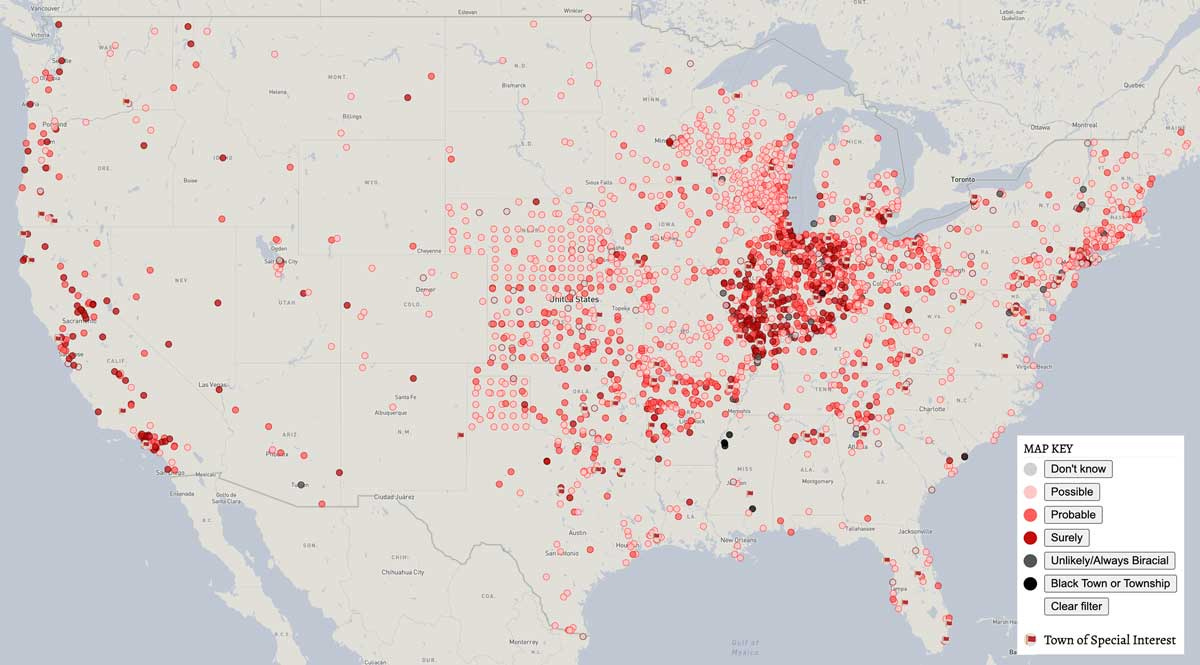



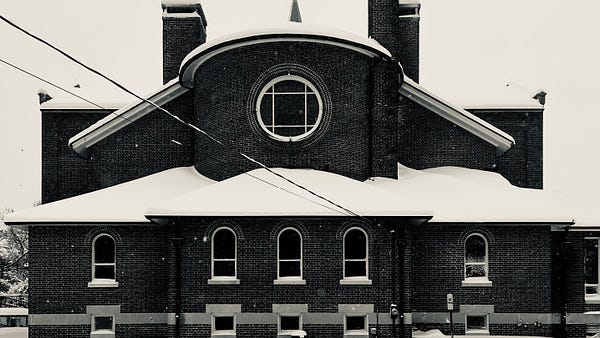

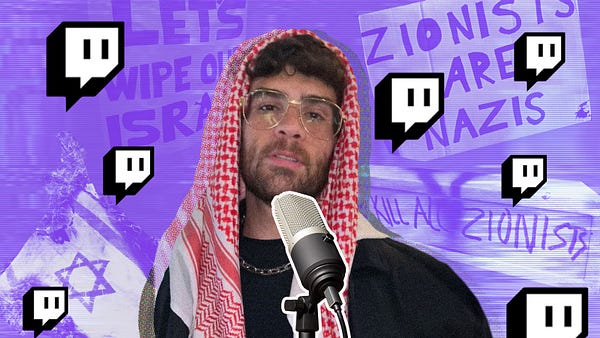



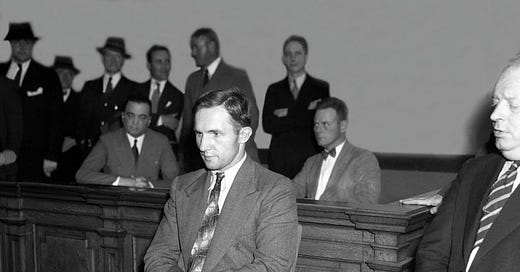
Just when I thought I had heard of every wack racial hysteria myth there was, I find out I was wrong.
OK, quick check of that map using the 2020 census. The two closest "probable" sundown towns near me are the towns of Mt. Ranier, MD and Brentwood, MD.
Mt. Ranier: 38% Hispanic, 40% Black, 15% White
Brentwood: 51% Hispanic, 28% Black, 14% White
Bah, why do they even host this map. Those two neighborhoods have been minority White for more than a decade.